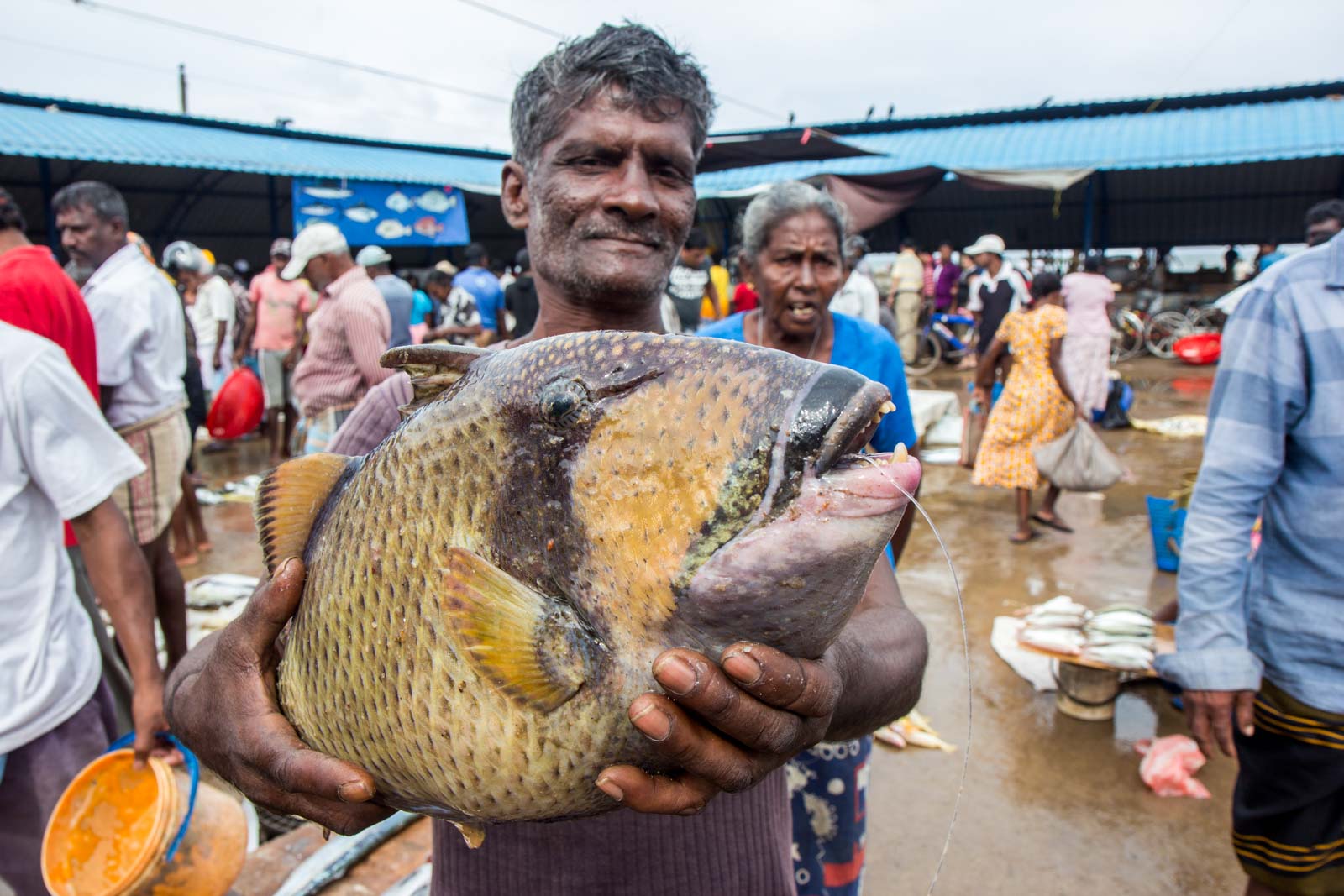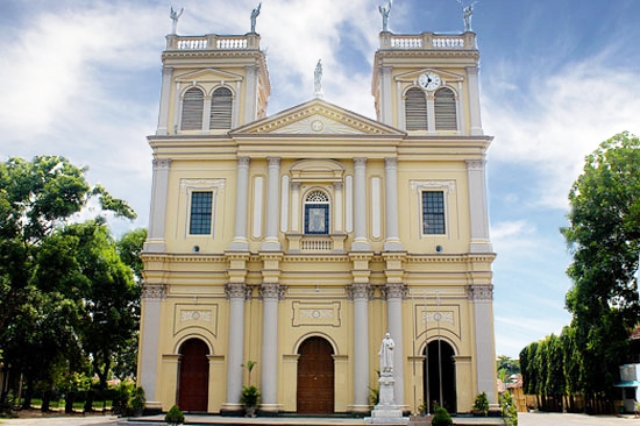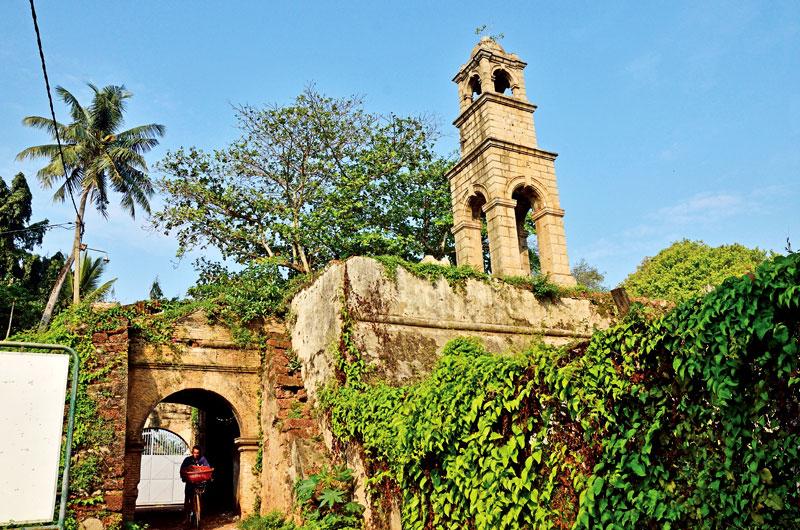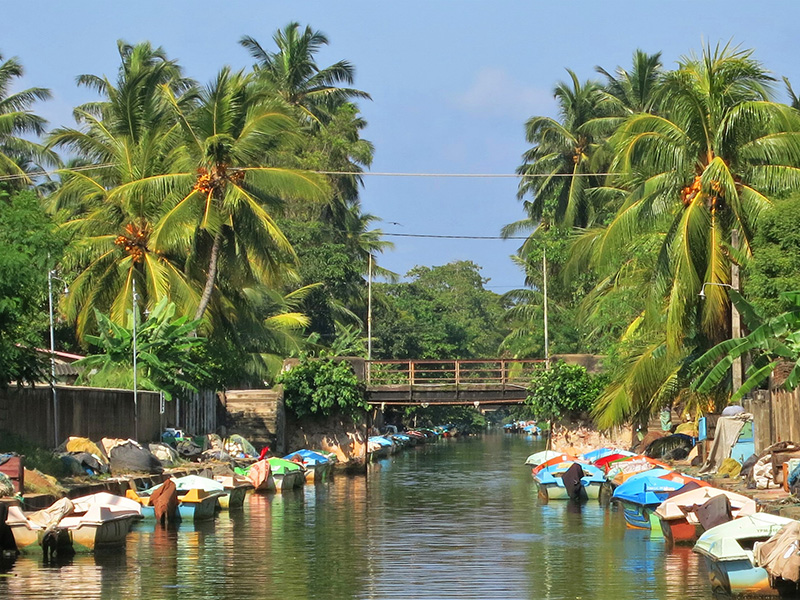NEGOMBO
From a fishing village with its peerless mangrove lagoon to a major beach resort on the west coast, Negombo has a wealthy history. It’s the ideal location to begin your Sri Lankan vacation just 35 minutes from the international airport. Known as’ Little Rome’ due to its abundance of Roman Catholic churches, the city has two separate personalities: the busy metropolitan shopping and business area, and the tourist strip on the southern’ beachside.’
Also central to a significant wetland eco-regeneration plan is the canal and southern end of the lagoon, which seeks to create a haven for wildlife and biodiversity on the west coast. Negombo is also a perfect starting point for excursions to the main tourist attractions of Sri Lanka: the Eastern Cultural Triangle and Hill Country, the northern Kalpitiya Peninsula, Colombo, and the southern beaches.
ATTRACTIONS IN NEGOMBO

NEGOMBO FISH MARKET
The island’s second biggest fish market is the Negombo Fish Market. It’s called lellama by local individuals. Close to the Old Dutch Fort Gate, the fish market is held every day except Sundays. Negombo fish output in the year 2009 was 20,010MT and 28,250MT in the previous year 2010, according to Sri Lankan Fisheries Department statistics. It’s about 8.4 percent of the total fish manufacturing in Sri Lanka.

ST. MARY'S CHURCH
The Christian religion strongly influences Negombo. In reality, Negombo was provided the name ‘ Little Rome’ because of the extremely decorated Roman Catholic churches of the Portuguese era such as St. Mary’s Church, which is one of Negombo’s most significant buildings. St. Mary’s Church is Negombo’s largest cathedral with a painted ceiling and numerous saints ‘ alabaster sculptures.
Construction of the church began in 1874 and was finished in 1922 after nearly 50 years. It's also one of Sri Lanka's bigger cathedrals. More than 90 percent of Negombo's population is Roman Catholic, making the church a very important building in the city. The architecture is magnificent, with some beautiful paintings in the church. It is known in the Sinhala language as Mahaweediya Palliya and is simple to discover. The church is made up of three primary levels that are instantly evident when approaching the front structure.

NEGOMBO DUTCH FORT
Negombo Fort, constructed to protect Colombo by the Portuguese. After Colombo, Jaffna and Galle, the fort at Negombo was likely the next in strategic significance. The initial Portuguese fort was a fragile structure captured in February 1640 by the Dutch forces under Philip Lucasz ‘ command. Before they succeeded in December 1640, the Portuguese made several efforts to take it back.
They then reinforced the fortifications and succeeded in defending the fort until the Dutch, commanded by Francois Caron, captured it in January 1644. The original bastions were demolished during the fort's siege by the Dutch cannons. However, in 1672, the Dutch later rebuilt it not on the usual square pattern, but on a pentagonal one, although it had only four bulwarks, the fifth was never built. The fort was situated between a lagoon and a sea inlet on a small strip of land. It was encircled by a dry moat, and through a drawbridge the door was accessed. It was occupied without resistance by the British in February 1796. The British authorities decided in the early 1800s to demolish the fort and construct in its location a prison built from the fort's rocks.
All that remains today is a part of the eastern rampart with mounds on its northern and southern ends, where there were earlier bastions, and a recessed arched gateway. There is a granite slab above the gateway, inscribed on the date 1678, surmounted by a highly decorative gable. The Prison Department still uses the site as a prison.

HAMILTON CANAL
The Hamilton Canal (also frequently known as the Dutch Canal) is a channel that connects Puttalam to Colombo through Negombo. The British built the canal in 1802 and finished it in 1804. It was intended to remove salt water from the wetlands of Muthurajawela. The canal has been named after Gavin Hamilton, Revenue and Commerce Government Agent.
At one moment, the canal was an significant connection in the transport path that provided the colonial administration of the Dutch. It runs for over 60 miles, with Negombo running through part of the route. Today it is a tourist attraction and one of the most exciting ways to see the city and its surroundings.
